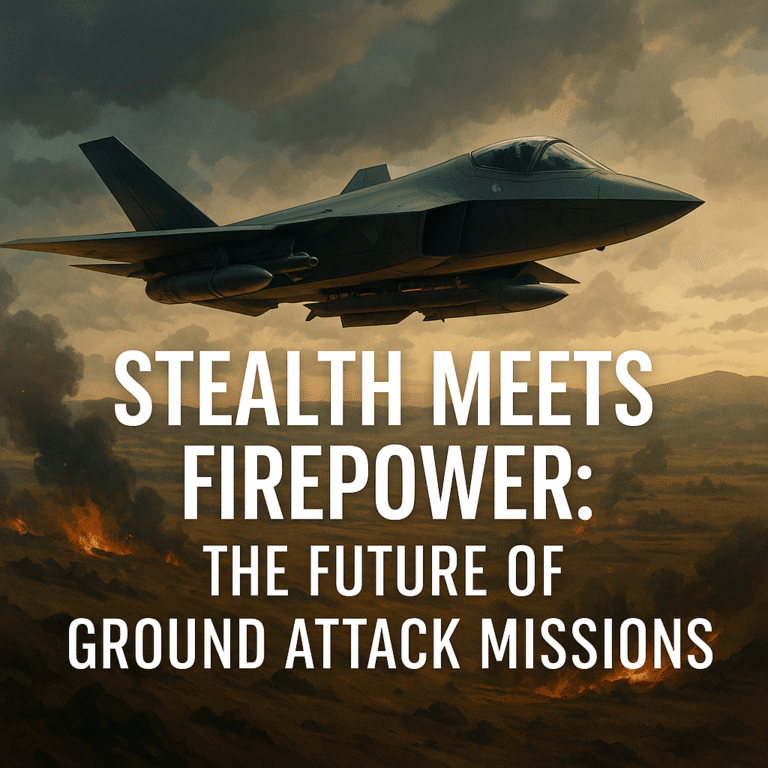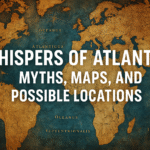
✈️ Introduction: Silence in the Skies
Air travel is often hailed as the safest form of transportation. And statistically, that’s true. But when tragedy strikes at 35,000 feet, it does so with a violence that’s devastating, sudden, and unforgettable. The moment a plane vanishes from radar or crashes mid-flight, a different kind of silence descends—a silence that echoes through families, communities, and nations.
In this post, we explore the human cost of aviation tragedies. From the grief of families to the psychological toll on survivors, we shift the lens away from black boxes and flight paths to focus on the real lives left shattered.
🧭 The Scope of Loss
Each aviation tragedy represents more than numbers or headlines—it’s a world turned upside down.
📉 Emotional Toll on Families
The suddenness of a plane crash offers little time for closure. For many families:
- There are no remains to bury.
- Answers are slow, incomplete, or never come.
- Grief is complicated by international jurisdictions and media attention.
Loved ones often go years without knowing what happened, as was the case with Malaysia Airlines Flight MH370, which disappeared in 2014 with 239 people on board. Despite years of investigation, only debris and questions remain.
🔎 Survivors Carry Lifelong Scars
In rare cases where there are survivors—like the Andes flight disaster of 1972—the trauma doesn’t end with rescue. Survivors often:
- Suffer from PTSD, survivor’s guilt, and lifelong anxiety.
- Struggle with public curiosity or even scrutiny.
- Become advocates for aviation safety or silent mourners for life.
🛫 Iconic Tragedies That Changed Lives
Let’s look at a few notable aviation disasters and the people behind the statistics.
🕯️ Pan Am Flight 103 (Lockerbie, 1988)
A terrorist bomb exploded aboard this flight, killing 270 people—including 11 on the ground in the town of Lockerbie, Scotland. For families, the shock was followed by:
- Years of legal battles with governments and insurance companies.
- The creation of support networks, like UK Families Flight 103, which lobbied for justice and transparency.
🕯️ Air France Flight 447 (2009)
This transatlantic flight crashed into the Atlantic Ocean due to a combination of technical failure and human error. It took two years to locate the black boxes. Many families:
- Struggled with the long delays in identifying remains.
- Faced media scrutiny while navigating international legal systems.
- Established foundations to promote better pilot training and automation monitoring.
🕯️ Ethiopian Airlines Flight 302 (2019)
This crash killed 157 people and led to the global grounding of the Boeing 737 MAX. The aftermath exposed:
- Deep flaws in corporate safety practices.
- Families turning into global advocates—testifying before Congress and pressing Boeing for accountability.
- Renewed scrutiny of aircraft certification processes.
👪 Grief in the Digital Age
Social media has amplified the visibility of grief. Memorial hashtags trend, and families often take to platforms to share tributes or demand answers.
While public support can be comforting, it can also be:
- Invasive, especially in the early stages of mourning.
- A platform for misinformation, adding confusion to pain.
- A permanent archive of loss that can make healing difficult.
🧠 Psychological Aftershocks
Beyond grief, aviation tragedies impact mental health in widespread ways:
- Flight crews and air traffic controllers involved in near-misses or crashes often face trauma and long-term stress.
- Witnesses—such as emergency responders or nearby residents—may develop vicarious trauma.
- Entire communities, especially if flights crash near populated areas (like the Tenerife disaster in 1977), can carry trauma for generations.
🛡️ Advocacy and Hope
Many families don’t stop at mourning—they turn their pain into action and policy reform. For example:
- Aviation disaster memorial foundations support victims’ families and provide trauma resources.
- Pilot unions and whistleblowers push for better safety standards.
- Survivors have written books, produced documentaries, and lobbied internationally for changes in aviation law.
Their work ensures that while the sky may fall silent, their voices are not.
🧭 Are We Safer Today?
Yes—every tragedy teaches the aviation world something new:
- Better cockpit voice recorders and black boxes.
- Improved communication protocols and pilot training.
- Stricter regulatory oversight, especially in aircraft design.
But as air travel expands, vigilance is key. Safety should always evolve faster than risk.
✍️ Final Thoughts: Remembering the Voices Lost
Behind every seat number is a story—a family, a dream, a person who never expected their journey to end the way it did. Aviation tragedies may seem rare, but their emotional gravity is immense.
This post is a tribute to those lives lost, and those left behind—to the parents still waiting, the children who grew up without answers, and the survivors who carry both trauma and resilience.
May we never forget the true cost of when the sky falls silent.







